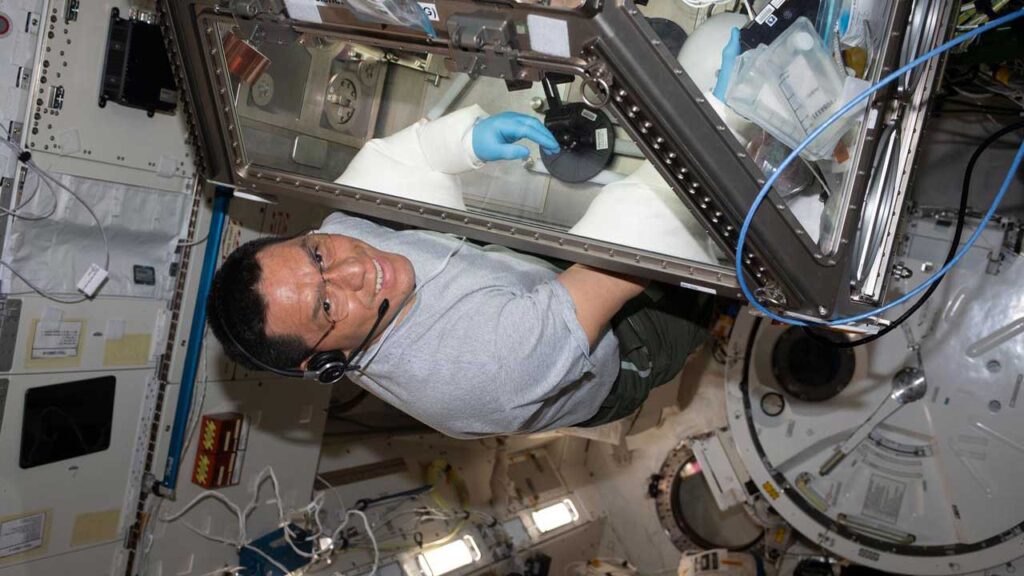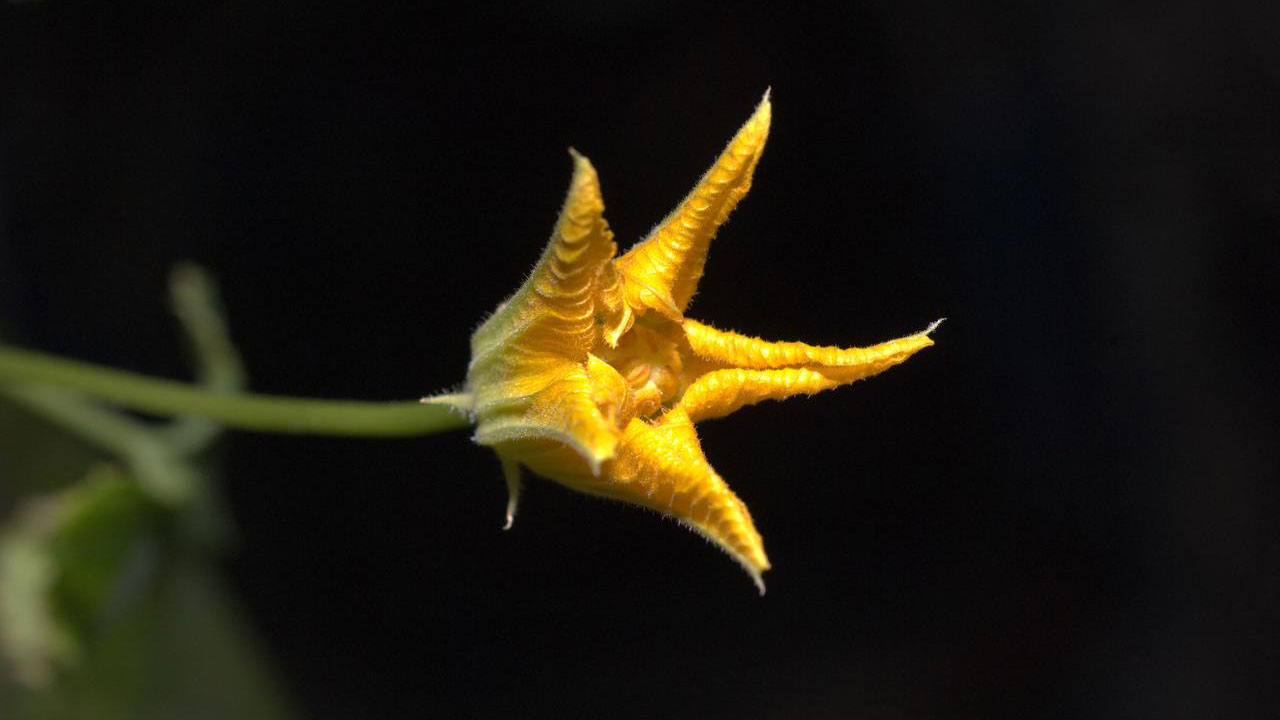February 2025
Welcome to Space Station Spotlight, a monthly newsletter from the ISS National Laboratory®. Here’s where you can find all the latest R&D happenings on the space station, see what our partners are up to, and learn how to elevate your research to new heights by leveraging the unique space environment.
What’s new at the ISS National Lab?

In this ISSInternational Space Station National Lab-sponsored project, Kall Morris used NASA’s free-flying Astrobee robots on station to simulate an active debris removal mission using the REACCH system.

See beating heart cells in space and browse striking photos from some of the many ISS National Lab-sponsored projects that bring us closer to solutions for patients with heart disease.

In the segment, the ISS National Lab’s chief scientific officer discussed how science in space is helping advance treatments for some of the most significant diseases of our time, such as cancer.
Partner News
A Texas state agency awarded five space companies $47.7 million in grants. The funds—awarded to Blue Origin, Firefly Aerospace, Intuitive Machines, SpaceX, and Starlab Space—will support the development of facilities and spacecraft in the state.
The U.S. Chamber of Commerce launched a Space Leadership Council. The strategic advisory board will focus on maintaining U.S. leadership in space by promoting private sector growth and supporting a robust commercial space sector.
NASANational Aeronautics and Space Administration astronaut Suni Williams set a record with her 5.5-hour spacewalk outside the ISS. Williams has now logged nine spacewalks and a cumulative 62 hours and 6 minutes in the vacuum of space.
Vast and SpaceX are soliciting research to fly on the first-ever commercial space station. Vast is scheduled to launch its Haven-1 space station into low Earth orbit(Abbreviation: LEO) The orbit around the Earth that extends up to an altitude of 2,000 km (1,200 miles) from Earth’s surface. The International Space Station’s orbit is in LEO, at an altitude of approximately 250 miles. on a SpaceX Falson 9 rocket this August. A SpaceX Crew Dragon will then bring a small group of astronauts to the space station.
Virgin Galactic is working with Redwire on payload racks for its suborbital spaceplane. Redwire is developing research payload lockers similar to those developed for the ISS that can be installed on Virgin Galactic’s Delta-class vehicles.
Funding Opportunities

A new solicitation on STEM education and workforce development is now open. The ISS National Lab seeks applications to build or expand education programs, projects, or public-private partnerships that leverage the ISS or space-based research to engage post-secondary students, K-12 students, and educators. Concept summaries will be accepted through March 26, 2025. Full details here.
Results
The most recent issue of Upward, official magazine of the ISS National Lab, is online. Explore valuable findings from space-based R&D—download the current and past issues here.
A new CASIS(Abbreviation: CASIS™) The nonprofit organization that manages the ISS National Lab, which receives at least 50 percent of the U.S. research allocation on the International Space Station to facilitate research that benefits humanity (NASA manages the other 50% and focuses on research for space exploration purposes). “Forging the Path” column underscores the value of continuous fundamental science in space. Ryan Reeves, ISS National Lab technical director of research and innovation, discusses how fundamental science in space over the last 20 years has led to technological innovations that benefit people on Earth. In the piece, he stresses the importance of continued support for fundamental research as we move into a new era of commercial space stations.

Workforce Development and STEM Education

The winners of a student art and poetry contest were announced on the ISS. The contest, developed by the Perseid Foundation and sponsored by the ISS National Lab, is meant to spark student interest in STEM careers through the arts. The astronauts printed the winning entries and displayed them in the space station’s cupolaA small module on the International Space Station with seven windows for observing and photographing Earth, spacecraft arrivals and departures, and spacewalks..
The Zero Robotics High School Finals competition was held onboard the ISS. Through the program, developed by MIT, students learn about computer coding through hands-on activities. The program culminates in the finals, where students compete to direct NASA’s free-flying Astrobee robots to complete tasks on the space station.
Students captured photos of Earth from the ISS through Sally Ride EarthKam. ISS crew members set up a camera that students control from their classrooms to photograph different geographic regions on Earth. The photos are posted online so students around the world can study our planet from the unique viewpoint in low Earth orbit.
Save The Date
The 2025 ISS Research and Development Conference (ISSRDC(Abbreviation: ISSRDC) The only conference dedicated exclusively to showcasing how the International Space Station is advancing science and technology and enabling a robust and sustainable market in LEO. This annual conference brings together leaders from the commercial sector, U.S. government agencies, and academic communities to foster innovation and discovery onboard the space station. ISSRDC is hosted by the Center for the Advancement of Science in Space, manager of the ISS National Lab; NASA; and the American Astronautical Society.) will be held in Seattle July 28-31. Join us for the 14th annual ISSRDC, the only conference dedicated exclusively to showcasing how the ISS advances science and technology development.
Make a Stellar Impact With a Donation to the ISS National Lab
Want to make an impact and support science in space for the benefit of humanity? Click here to donate online, make a gift of crypto or stock, or contribute through your donor-advised fund.

